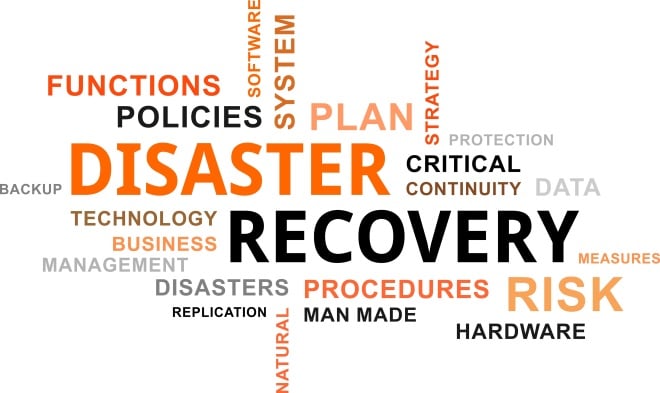 A power failure may be an annoyance for many, but for businesses that rely heavily on technology, this can be nothing short of a major disaster. Data can be lost, information or services may not be accessed, and operations could come to a standstill.
A power failure may be an annoyance for many, but for businesses that rely heavily on technology, this can be nothing short of a major disaster. Data can be lost, information or services may not be accessed, and operations could come to a standstill.
Is your business prepared to work through and after a disaster? What can you do as a leader or business owner to prevent this from happening?
Putting a disaster recovery plan (DRP) in place is your best option to mitigate the risks posed by unexpected occurrences. The first step to crafting a DRP is knowing your business’s legal duty when it comes to setting it up. That might mean getting the advice of a lawyer to help you navigate the laws regulating your operations.
The second step is to create a business impact analysis with your Varay DRP specialist, where you will identify the most critical functions in your business. The third and last step is to write up detailed instructions (procedure documents) on what to do for each type of disaster scenario.
What Should You Invest In?
When crafting a disaster recovery plan, it’s essential that you invest in a few devices and platforms to securely back up your data and protect your hardware. Below are some of the most important ones.
1. Backup Generators – The choice of which type of backup to use depends on your reliance on power. For some, a portable one can do the trick. However, for companies whose operations completely grind to a halt at a power loss, a highly engineered and automatic backup system would be preferable, as this restores power quickly.
2. UPS – UPS, or Uninterruptible Power Supply, is a device that act as batteries for servers, routers, workstations, etc. during power outages. These provide you a window of time (around five to 10 minutes) before they shut down, allowing you to save the files you are working on. And if you’ve got a generator in place, it’s enough time for the backup power to come on and do its work.
3. Surge Protectors – These look similar to power strips except they have the added benefit of protecting your hardware against voltage spikes when the power comes back on. These tools block unwanted shortage above the safe threshold.
4. Data Storage – You need to carefully consider what type of data storage you will use. Cloud platforms and on-premise storage devices each have their advantages and disadvantages, but if your main priority is offsite data recovery, using the cloud is your best option.
The cloud stores your data in a remote location instead of in physical storage on your premises. All of your invoices, accounts receivables, and so on will be available to access from anywhere (subject to data protection protocols, of course), so if your hardware is damaged in a physical disaster, you may still be able to recover all pertinent data quickly and easily.
Don’t let power outages leave you feeling powerless
Contact Varay today and ask us for our free disaster recovery plan assessment. We provide detailed business continuity solutions to ensure that even with unexpected events, business goes on as usual.


